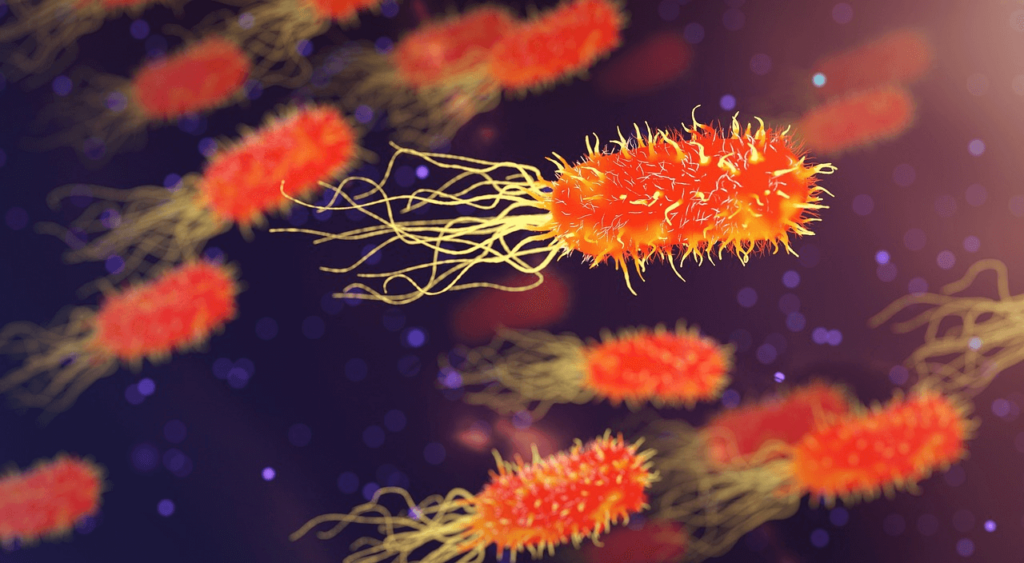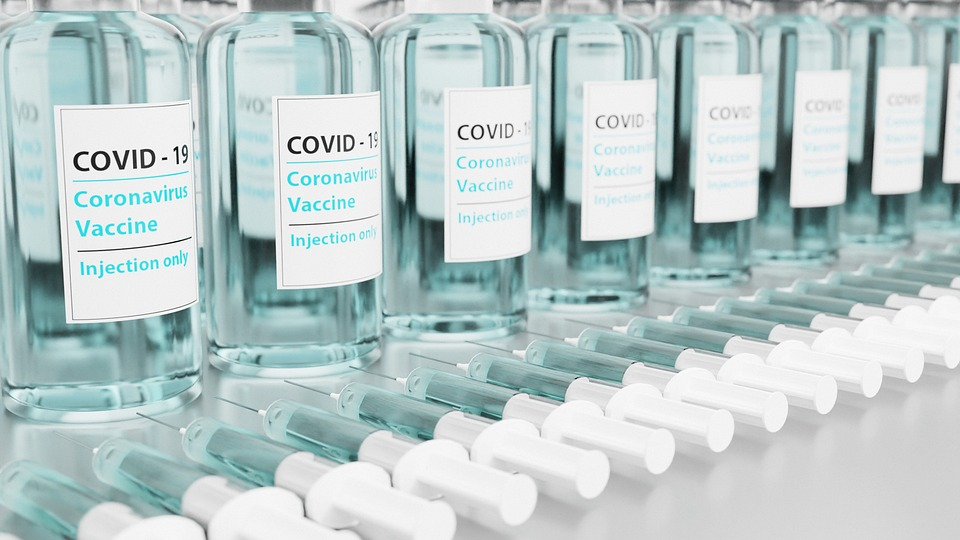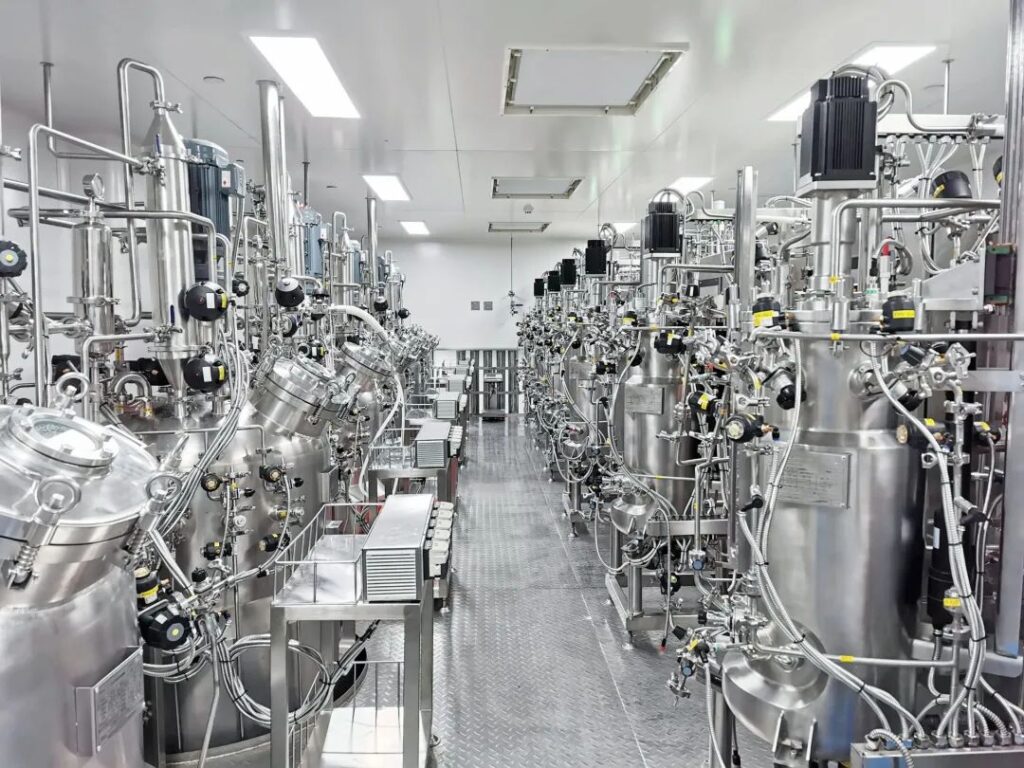
The Beginnings: Smallpox and Edward Jenner’s Breakthrough
The vaccine history starts with one of humanity’s oldest predators, smallpox. For years, it devastated societies, killing millions, and leaving the rest with unsightly scarring. Ancient civilizations understood the primitive forms of vaccination known as the variolation process. The process involved exposing people to small quantities of a virus to stimulate immunity. Such a dangerous practice was implemented in countries like China, India, and Africa, although this had risks of causing full-blown smallpox infection.
British physician Edward Jenner revolutionized medicine in 1796 with a groundbreaking experiment that would change the course of history. He noted that Milkmaids who had been infected by cowpox, a relatively harmless disease, were resistant to smallpox. Intrigued by this phenomenon, Jenner conducted a daring experiment. He took a young boy, James Phipps, and purposefully infected him with some material from a lesion that contained cowpox. When Phipps was later exposed to smallpox he did not develop the illness and Jenner was proved right — cowpox prevented the onset of smallpox. This experiment laid the basis for the current strategies of vaccination.
Jenner’s work received recognition across Europe followed by the globe at a fast pace. Over the decades, Jenner’s smallpox vaccine was further developed, leading to large-scale vaccination campaigns in many countries. In 1980, the World Health Organization (WHO) declared the world free of smallpox, marking an unprecedented triumph in the history of vaccination.
Vaccine History Takes Off: The 19th Century and Louis Pasteur’s Contributions.
While Edward Jenner pioneered vaccination, the next great step forward was from the French scientist Louis Pasteur. In the 19th century, Pasteur revolutionized the understanding and study of infectious diseases with his proposal of the germ theory. The theory suggests that microorganisms are responsible for illness.
The work of Pasteur created the base for the development of several key vaccines. Pastur’s first great breakthrough in vaccine history came with the anthrax vaccination in the 1880s. Anthrax is fatal in both animals and humans. Pasteur produced a weakened variety of the bacterium responsible for anthrax and immunized animals. This stopped outbreaks that laid waste to farms across Europe.
Pasteur didn’t stop there. In 1885, he developed a vaccine for rabies, a virus that inevitably killed anyone who became infected once symptoms showed up. Pasteur’s rabies vaccine was the first to save human lives after viral exposure.
These breakthroughs set Pasteur into the position of co-founder in the history of modern immunology and vaccines. He motivated other scientists around the world to continue the quest for vaccines for several diseases.
The Early 20th Century: Expanding the Arsenal
At the start of the 1900s, vaccination had already been a well-established mission, and research began to develop vaccines for a wider range of diseases. During this time, some of the most significant vaccines in modern vaccine history were developed, such as vaccines for tetanus, whooping cough, and diphtheria.
Diphtheria was a serious childhood illness caused by the bacterium Corynebacterium diphtheriae, which produced a thick membrane in the back of the throat that made it very difficult to breathe. Its death rates fell sharply with the discovery of the diphtheria vaccine in the early years of the 20th century.
Soon after, scientists developed vaccines for tetanus, a disease caused by bacterial spores commonly found in the soil. They also developed a vaccine for pertussis, which caused serious coughing fits, especially in babies. In the fullness of time, the three vaccines were combined into a single DTP vaccine thus streamlining the process of vaccinating children against all three diseases.
During this period, the TB vaccine, known as BCG (Bacillus Calmette-Guérin), was also developed. Tuberculosis has been one of the most deadly infectious diseases throughout vaccine history, killing millions worldwide. The BCG vaccine provided a powerful tool to fight this disease, particularly in countries where TB was rampant.
Polio: The Global Campaign Against Paralysis
Perhaps one of the most monumental chapters in vaccine history is the war on polio. Also known as poliomyelitis, it is a disease which primarily affected children and had the potential to render them paralyzed or dead. Outbreaks occurred regularly throughout the early 20th century, creating widespread fear.
In 1955, Dr. Jonas Salk created an effective polio vaccine by using an inactive virus to build immunity. Salk’s vaccine is among the biggest innovations in public health. Wide-scale polio vaccination efforts took hold in the United States and other countries, plunging polio cases.
After a couple of years, Albert Sabin created an oral polio vaccine that used a weakened live virus and proved far easier to administer. Sabin’s oral vaccine became the vaccine of choice for many countries and accelerated global efforts to eliminate polio.
Large-scale campaigns for the eradication of polio, led by organizations such as WHO, UNICEF, and Rotary International also proved to be successful. By 2021, polio remained endemic in only two countries: Afghanistan and Pakistan. The effort to completely eradicate polio is still on.
Fighting Influenza: The Flu Vaccine
Influenza, or the flu, continues to be one of the major threats to public health. The flu virus unlike smallpox or polio spreads so quickly, making it a difficult virus to fight. All the major flu pandemics have killed millions of people, with numbers indicating 50 million deaths from the Spanish Flu in 1918.
The first inactivated flu vaccine was developed in the 1940s. The inactivated flu vaccine helped not only in reducing the death rates but also in containing the seasonal outbreaks of influenza. However, because of the flu virus’ ability to mutate, different vaccines are administered each year.

Measles, Mumps, and Rubella Vaccine: Fighting Childhood Diseases
By the 1960s, scientists turned their attention to the three viruses that had made the lives of many children miserable. The viruses including measles, mumps, and rubella were extremely widespread, causing significant illness and death among children.
John Enders and his associates created the first measles vaccine in 1963. Measles is a very infectious illness that causes fever, cough, and rash in most individuals. Although the majority of the patients recover, the disease can result in severe side effects including pneumonia, and brain swelling.
The mumps vaccine was developed in 1967. Mumps are caused by a virus, resulting in the swelling of salivary glands, fever, and complications like meningitis or loss of hearing. Rubella being a mild disease still posed a serious risk to pregnant women due to congenital rubella syndrome, leading to birth defects.
In 1971, the vaccines were combined as a single shot – the MMR vaccine. This combination made it easier to vaccinate children, and it drastically reduced the incidence of these three diseases. The MMR vaccine became the cornerstone of childhood immunization programs around the world, and it has continued to protect millions of children from diseases every year.
The 21st Century: New Challenges, New Vaccines
The science of vaccines continued to evolve, and soon scientists began working on vaccines for more complex diseases. In 2006, the human papillomavirus vaccine (HPV) was developed, a big stride toward preventing certain types of cancer.
Since then, the HPV vaccine has expanded to protect against various forms of cancer, such as anal, cervical and throat cancers. It’s recommended for both boys and girls before they become sexually active. This vaccine is arguably one of the most important developments in recent vaccine history. Widespread use of it has greatly reduced cancer rates.
Other major strides forward came with the development of vaccines against pneumococcal and meningococcal diseases, both of which cause deadly infections — pneumonia and meningitis. Vaccines for these diseases have since become key elements of routine childhood vaccination programs in countries where these illnesses are prevalent.
COVID-19: A New Era in Vaccine Development
The COVID-19 pandemic began toward the end of 2019. It was one of the most serious challenges to public health in recent vaccine history. Pressed by this deadly and fast-spreading virus, governments sprinted to invent a vaccine to stop it.

After a year of havoc, several vaccinations were developed and authorized for emergency use. These vaccines represented a significant advancement in the field of vaccine science. For instance, the mRNA technology used in the PfizerBioNTech and Moderna vaccinations were applied for the first time in licensed vaccinations.
mRNA vaccines train body cells to make a protein that triggers an immune response, whereas typical vaccinations involve inactivated or attenuated viral strains. This technology enables accelerated development and may, in the future, be used to create vaccines for other diseases.
In addition to the mRNA vaccines, there were other COVID-19 vaccines. Johnson & Johnson’s one-dose vaccine and the viral vector vaccine from AstraZeneca used differing strategies to obtain similar outcomes. As the number of injections worldwide neared several billion by the end of 2021, the vaccination campaign became the largest in history.
Overcoming numerous challenges, ranging from supply chain disruptions to vaccine hesitancy, the COVID-19 vaccination campaign saved millions of lives. Now, scientists look to the future, armed with the knowledge and understanding offered through the COVID-19 vaccine to combat further illness.
This remarkable international collaboration hastened the timelines in developing vaccines, invented new technologies such as mRNA, and shed light on the need for universal access to immunization.
The Future of Vaccine History: What Lies Ahead?
1. Personalized Vaccines
As vaccines continue to evolve, they may one day be targeted to individual genetic makeup. Scientists are actively researching how to harness genetic information to develop vaccines that are not only more effective but also specifically tailored to the immune responses of different populations. This approach aims to improve vaccine efficacy by considering genetic variations that influence how individuals or groups respond to immunization. Because they can teach the body’s immune system to recognize and target tumour cells that are unique only to that person, these vaccines promise to revolutionize the nature of cancer treatment.
This approach is new but holds tremendous promise in curing diseases for which no reliable vaccine exists yet. This is because personalized vaccines account for variables such as the innate predisposition of an individual, current immunity, or even the microbiome of a person, increasing the effectiveness of a vaccine.
2. mRNA Vaccines: Revolutionary Technology
mRNA vaccines, which were hugely promoted during COVID-19, are an entire innovation in vaccine technology. They work differently. Instead of a weakened or an inactivated virus being injected into the body, an mRNA vaccine contains a small piece of genetic code that directs cells to make a viral protein. The immune response initiated by this protein equips the body to recognize and fight the virus more effectively when encountered. Essentially, it trains the immune system to respond swiftly and efficiently before the virus can cause harm.
One of the advantages of mRNA technology is flexibility. Science can alter the mRNA to target different pathogens, making it a rather flexible approach to developing vaccines against several diseases. The efficacy of an mRNA vaccine in combating COVID-19 has created interest in developing vaccines to combat diseases like influenza, HIV, and even cancer. Besides, mRNA vaccines are also quicker to develop compared to traditional vaccines.
The potential applications of mRNA vaccines spread beyond infectious diseases. Researchers are investigating how mRNA vaccines might one day be used to combat chronic diseases or even help reverse autoimmune disorders.
3. Equity in Vaccination
Advancing vaccine development and innovations while making them accessible to all populations remains a critical hurdle in global health efforts. Vaccine equity has been defined as the fair distribution of vaccines throughout the world, across all nations without regard to their financial or material resources.
The COVID-19 pandemic underscored this disparity, as wealthier countries were quick to secure vast supplies, while many less affluent nations struggled to obtain even a small fraction of the doses. This unequal distribution highlighted the global challenge of ensuring equitable access to life-saving vaccines.
While initiatives by groups like COVAX have distributed vaccines across low- and middle-income nations in an attempt to set things right, there are still huge gaps in vaccine distribution. The reasons behind the unequal distribution of vaccines include the protection of intellectual property rights, logistics problems, and poor health infrastructure, among others.
Future efforts need to be directed toward increasing vaccine manufacturing capacity in developing countries, reducing vaccine costs, and building delivery networks to accomplish global health objectives.
4. Biotech Innovation for the Future of Vaccines
Vaccine science has been impacted to the fullest by biotech companies like BaiLun Biotechnology in the design of advanced equipment needed in vaccine production and development. Innovations in bioreactor and fermentation technology have allowed for the production of vaccines for numerous populations around the world.
The demand for new biotechnology solutions also increases along with the demand for vaccinations. In meeting these global vaccination needs, scalable manufacturing methods, automation, and design improvements are critical. With its state-of-the-art fermenters and bioreactors, BaiLun Biotechnology continues to lead in this vital sector.
Biotechnology will most likely make vaccine production much quicker and more efficient in the future. To overcome all variants of viruses, such as flu or coronavirus, for example, scientists are working on a concept of what they call universal vaccines to fight most viruses. These breakthroughs have enormous potential to completely alter the way we envision global health and the effectiveness of vaccines in fighting infectious diseases.
Wrapping Up
From Jenner’s smallpox vaccine to the COVID-19 mRNA vaccines, the vaccine history demonstrates our commitment to solving even the toughest medical issues. Vaccines have changed the course of human history and saved innumerable lives. However, as new diseases appear, there is still a need for creative vaccines.
The future of public health and biotechnology holds great promise, but challenges such as public trust and equitable access must be addressed. With continued scientific innovation and international cooperation, vaccines will remain pivotal in shaping global health outcomes and improving the well-being of populations worldwide.
Boost Vaccine Production with BaiLun Biotechnology’s GMP Vaccine Bioreactors
Are you prepared to improve your vaccine production capacity? Our GMP Vaccine Bioreactors are designed to meet the highest standards for vaccine production, ensuring both effectiveness and full compliance with Good manufacturing practices (GMP). These bioreactors provide accuracy and dependability at every level, whether you’re developing a viral vaccine or scaling up microbial fermentation processes. For further inquiries and orders, contact us today.

